Connecting with East Indian Culture Through Dance
Although making up less than four percent of the population, the East Indian community is coming forward to remind Belizeans that their culture is alive. In this week’s episode of Kolcha Tuesday, we take you to Punta Gorda Town, where we met with a group of girls who are sharing their heritage in the way they know best: dance. Here’s News Five’s Britney Gordon with the story.
Britney Gordon, Reporting
From Mayans to Chinese. From Garifuna to Creole. Many of the diverse and rich communities that gave the country the title, “melting pot of cultures” can be found in southern Belize. It is here, in Toledo District that we find the heartbeat of the East Indian community, fighting to preserve its culture. At the 2024 Chocolate Fest of Belize, held in Punta Gorda Town, several cultures were highlighted through music and dance. The East Indian community was represented by three girls who wanted to find a way to connect with their heritage since they do not know the language and felt that dance would be the perfect medium to do so. Venice Parham, one of the dancers at the event, explained this desire to us.
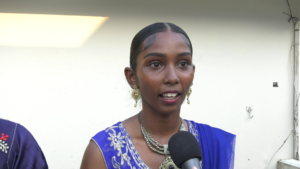
Venice Parham
Venice Parham, Dancer
“The kind of dance that we were doing is our cultural dance. It’s an East Indian that descends way from India. We practice almost every time when there is events. We try to keep our culture alive because our East Indian culture in Belize doesn’t really show so we try to keep it alive through dance and our food.”
The trio of dancers has been practicing together since primary school, having grown up watching family members and friends attempt to preserve the culture in the same way. Giselle Parham, older sister of one of the dancers explained how they navigate the disconnect with the culture.
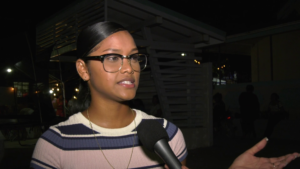
Giselle Parham
Giselle Parham, Former Dancer
“So for the East Indian culture, one way that we would preserve it as young youths, because growing up, I started when I was about ten in primary school. We represented our primary schools. I also represented my high school but, again, how we preserve and try to keep the cultures alive is through dancing. We don’t know what these songs are saying, what it means. We don’t really know what the move means in these dances. But we just try to look at these YouTube videos, these dances that these Indians do. And we basically just do the same thing and portray it through dancing.”
Fourteen-year-old Arceli Parham was the lead choreographer for the performance, she explained that she put together the routine through YouTube and with the help of her sister.
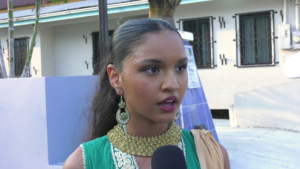
Arceli Parham
Arceli Parham, Lead Choreographer
“I get choreographed from like, some of the dances, like the dance songs. Sometimes the choreographer is in there, and I just pick up some of the dances from that. Since my sister, she danced, when she was younger, so I also got some ideas from her. There’s two dances that I remember. There’s Nainowale and Aaja Nachle .”
 Arceli and her family carry their desire to embrace their East Indian heritage into their love for pageantry. She explained that the dancers were able to source the dresses from her sister, Arelee Parham, who represented Belize at the Miss International Council of India Culture in Trinidad and Tobago in 2019. Dancer, Viaani Mangar, said that she is honored to take up the mantle and set examples for other young girls.
Arceli and her family carry their desire to embrace their East Indian heritage into their love for pageantry. She explained that the dancers were able to source the dresses from her sister, Arelee Parham, who represented Belize at the Miss International Council of India Culture in Trinidad and Tobago in 2019. Dancer, Viaani Mangar, said that she is honored to take up the mantle and set examples for other young girls.
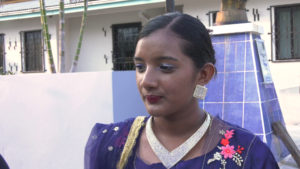
Viaanie Mangar
Viaanie Mangar, Dancer
“To be honest, I wasn’t really nervous because I really love this cultural dancing that I am a proud East Indian. And it really means a lot because the culture in Belize is dying. So, we as young youths have to encourage younger youths when they get our age to be able to do stuff like that.”
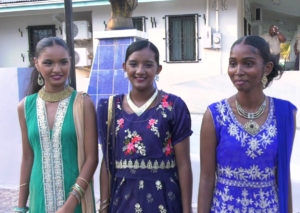 Britney Gordon
Britney Gordon
“How did you girls get the chance to dance here today? Who approached you about this?”
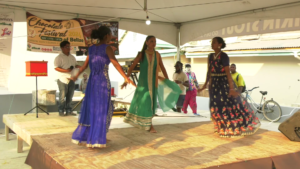 Viaanie Mangar
Viaanie Mangar
“We got our chance through her sister, Giselle Parham, which works at Copal. Her sister was the queen once, and they continued dancing, and right now she gave it up, so she passed it down to us, and we are currently dancing at Copal Lodge.”
 Giselle believes that if people in the community continue to encourage youths to engage with the culture in fun ways, then it is possible to reclaim other aspects such as language. She hopes that through passing on the love for dancing, a new wave of support will be ignited for her people.
Giselle believes that if people in the community continue to encourage youths to engage with the culture in fun ways, then it is possible to reclaim other aspects such as language. She hopes that through passing on the love for dancing, a new wave of support will be ignited for her people.
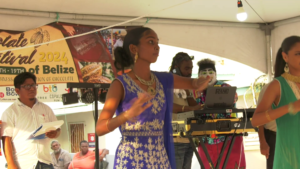 Giselle Parham
Giselle Parham
“We try to pass this now on to my younger sister and my other little cousins for them to also be advocates for other children’s out here who are East Indian descent, that they can be able to proudly represent their culture through dances, to maybe one of these days, learn the languages. Our culture is one of the cultures that lost their language. It’s most of their traditions, music dances many, many years ago, and we really don’t know what it’s all about. And so us as the younger generation have to come out and try to preserve it, try to learn about it, try to learn the history so that we could be able to spread the word because is really three percent of Belize’s population and that’s a very little amount tpo say that we have a huge support.”
Britney Gordon for News Five.





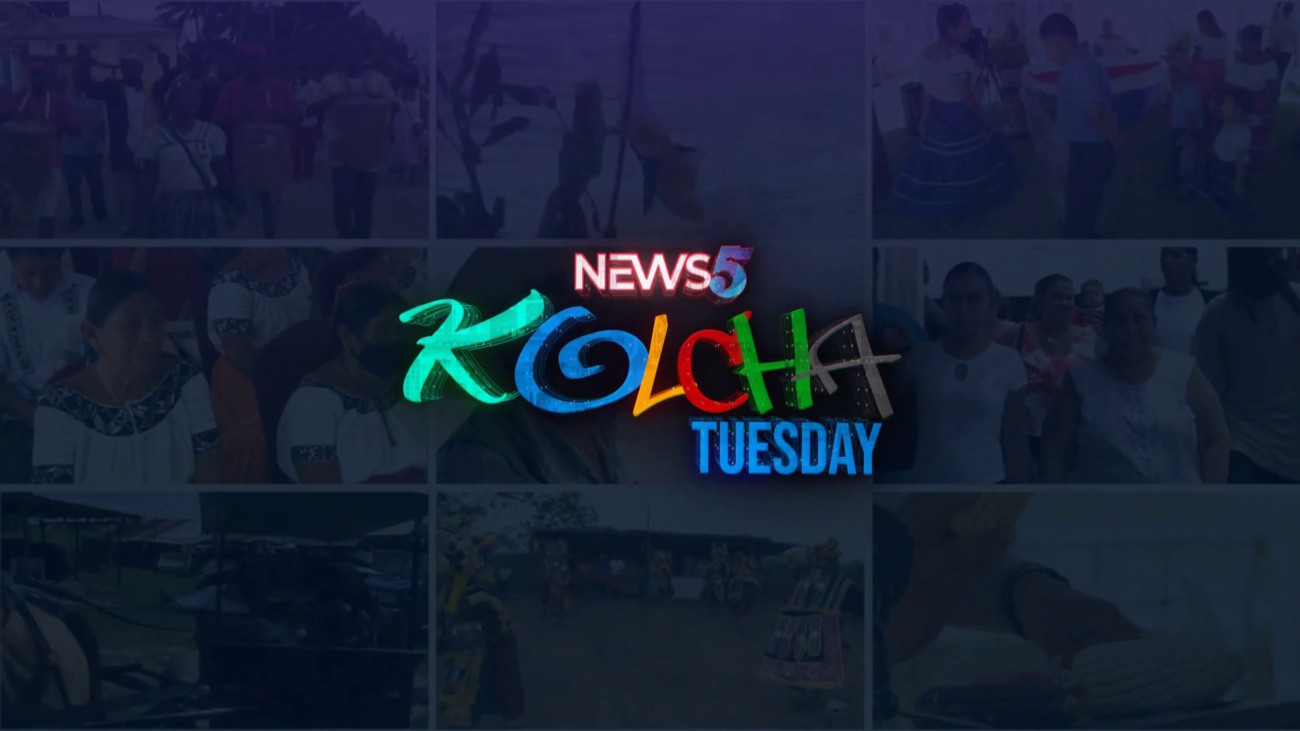
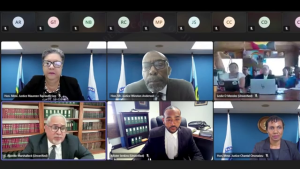
Facebook Comments